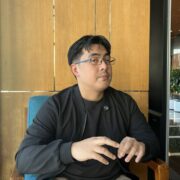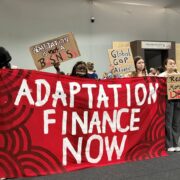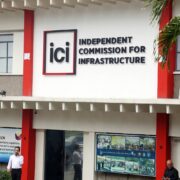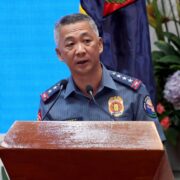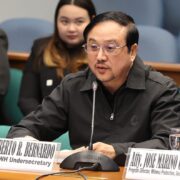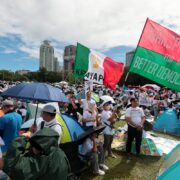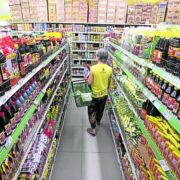More Ro-Ro vessels amid Juanico rehab
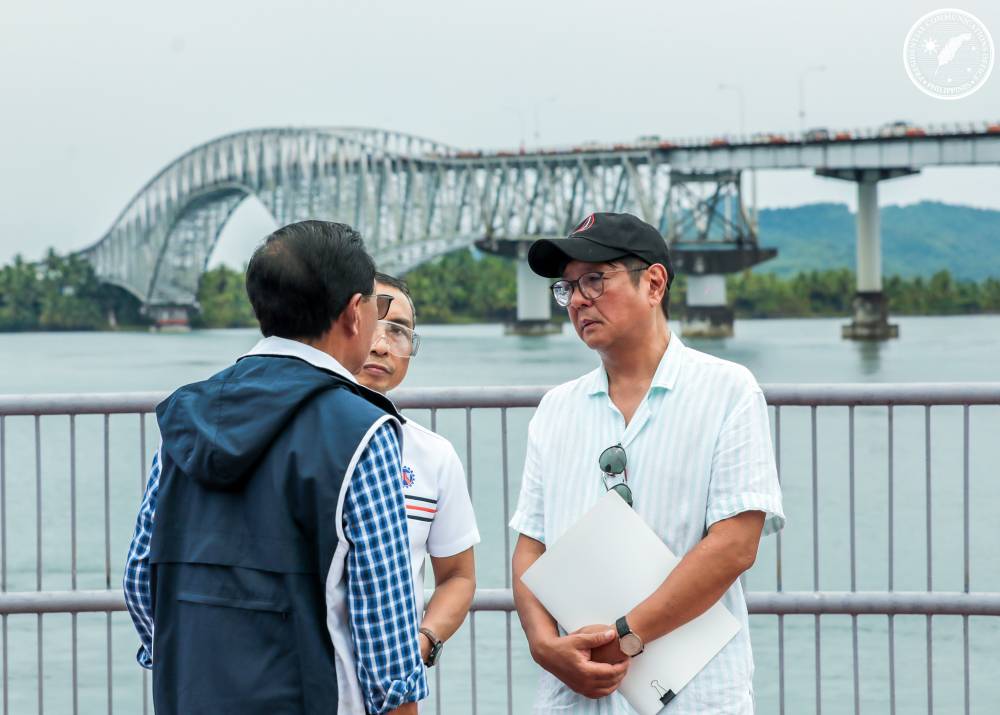
BASEY, SAMAR—Citing the urgency of rehabilitating the San Juanico Bridge that links Samar and Leyte, President Marcos has declared a state of calamity in Eastern Visayas to allow the government to tap available funds and hasten its repair.
Signed on June 5, Proclamation No. 920 said the state of calamity in the region will be in effect for a year “unless earlier lifted or extended as circumstances may warrant.”
“There is an urgent need to repair and rehabilitate the San Juanico Bridge to ensure timely delivery of essential goods and services and restore regional mobility,” the executive issuance stressed.
Last month, San Juanico Bridge was partially closed to vehicle traffic following an imposition of a weight limit on the structure. This prevented the transport of essential commodities like agricultural produce, food, medicines, construction supplies and fuel between Leyte and Samar.
The declaration of a state of calamity will “hasten the repair and rehabilitation of the San Juanico Bridge and afford the national government as well as local governments ample latitude to utilize appropriate funds for the repair and safety upgrading” of the said bridge.
Malacanang published Proclamation 920 a few hours ahead of the President’s inspection of the 2.16-kilometer bridge on Wednesday.
The National Disaster Risk Reduction and Management Council (NDRRMC) recommended the imposition of a state of calamity in Eastern Visayas “on account of the escalating risks caused by the significant structural compromises in San Juanico Bridge.”
Transport priority
On Wednesday, Mr. Marcos, after inspecting the 52-year-old bridge, said the government would enforce a system to prioritize the transport of perishable goods while the bridge is undergoing rehabilitation.
This includes the increased deployment of roll-on, roll-off (Ro-Ro) vessels that can ferry up to 50 vehicles at a time in order to be able to ferry 500 vessels, including cargo trucks, between Leyte and Samar in a single day.
“We will also get started on night navigation so that they can still cross the islands at night. That’s our way of trying to mitigate the problem,” he said.
He pointed out that Tacloban City in Leyte is a center of commerce and is badly affected by the partial closure of the bridge.
“Those are the mitigating factors that we are trying to undertake … That’s why I am hurrying up the DPWH (Department of Public Works and Highways) to give us a schedule for the repair,” Mr. Marcos said.
In response, DPWH Secretary Manuel Bonoan said the load limits on the bridge may be gradually increased as December approaches and repairs continue.
“We will gradually repair the 3-ton segments and then the 4-ton, 5-ton segments. Then eventually we will complete the 12-ton segment before December. We can allow buses, minitrucks with perishable goods,” he told the President.
This is pending the construction of the new bridge that will link the two islands, Bonoan said, adding that the repairs on San Juanico may be completed in a year.
The repairs, according to the NDRRMC, may cost up to P7 billion, while monthly economic losses from its partial closure may hit P600 million.
Regular maintenance
The President said the deterioration of San Juanico was partly because of the failure to regularly inspect and maintain the bridge in the past decades.
Mr. Marcos said the government already planned to rehabilitate the bridge but was surprised at the extent of its corrosion due to exposure to the elements over time.
“Many are asking why this wasn’t planned well. What really happened is that we already had a rehabilitation plan for the San Juanico Bridge. When the bridge was inspected [by the DPWH] to check the parts that needed rehabilitation, they saw many portions that were already in danger. The engineers immediately said we should close it because it might give way at any time,” the President said.
Mr. Marcos said the periodic inspection and maintenance of San Juanico Bridge was supposed to be done every three years. The bridge was completed in 1973 during the term of his father, Ferdinand Marcos Sr.
“Maybe during my father’s time, it was still well-maintained. But it seems that it was not well-maintained after 1986,” the President said. “If the condition of the bridge had been properly maintained in the last 50 plus years, we would not be having this conversation.”


